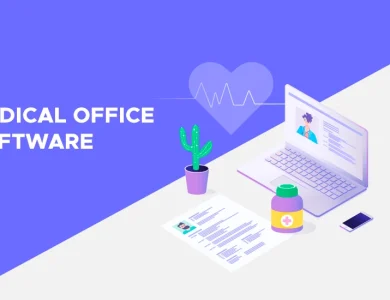Introduction
In the realm of technology, staying ahead often means embracing innovation before it becomes mainstream. Early adoption programs and electronic prototype builders play pivotal roles in this process, facilitating the exploration and implementation of cutting-edge concepts. This article delves into the significance of early adoption programs, the emergence of electronic prototype builders, and their collective impact on technological advancement.
Understanding Early Adoption Programs
What are Early Adoption Programs?
Early adoption programs are initiatives designed to offer access to emerging technologies or products to a select group of users before their official release to the mass market. These programs aim to gather feedback, identify potential issues, and generate buzz around the upcoming innovation.
Key Components of Early Adoption Programs
– Exclusive Access: Participants in early adoption programs gain access to new products or features before the general public. This exclusivity enhances user engagement and loyalty.
– Feedback Mechanisms: Participants are encouraged to provide feedback on their experience with the product. This feedback is invaluable for identifying bugs, improving usability, and refining features.
– Community Building: Early adoption programs foster a sense of community among participants. Through forums, beta testing groups, and other channels, users can interact with each other and with the developers, creating a collaborative environment.
Benefits of Early Adoption Programs
– Market Validation: Early adoption programs serve as a litmus test for the market demand and acceptance of a new product or technology. Positive feedback and engagement from participants validate its potential success.
– Iterative Improvement: Feedback obtained from early adopters allows developers to iterate and refine the product before its official launch. This iterative process helps in ironing out any kinks and enhancing the overall user experience.
– Brand Loyalty: Offering early access to innovative products builds brand loyalty among participants. They feel valued and appreciated for being part of the journey, fostering long-term relationships with the brand.
The Rise of Electronic Prototype Builders
What are Electronic Prototype Builders?
Electronic prototype builders are tools or platforms that enable developers to quickly and efficiently create prototypes of electronic devices or products. These tools typically provide a range of components, modules, and features to simulate the functionality of the final product.
Key Features of Electronic Prototype Builders
– Drag-and-Drop Interface: Most electronic prototype builders offer an intuitive, drag-and-drop interface for assembling components and designing circuit layouts. This simplifies the prototyping process and eliminates the need for complex coding.
– Component Libraries: Builders come equipped with extensive libraries of electronic components, ranging from microcontrollers and sensors to actuators and communication modules. This allows developers to easily integrate various functionalities into their prototypes.
– Simulation Capabilities: Many electronic prototype builders offer simulation features, allowing developers to test the functionality of their prototypes virtually. This helps in identifying and resolving potential issues before moving to physical prototyping.
Benefits of Electronic Prototype Builders
– Rapid Prototyping: Electronic prototype builders enable rapid prototyping, significantly reducing the time and effort required to bring an idea to life. This agility is crucial in the fast-paced world of technology.
– Cost-Effective: By eliminating the need for extensive hardware and equipment, electronic prototype builders offer a cost-effective solution for prototyping. Developers can experiment with different designs and iterations without incurring significant expenses.
– Accessibility: Electronic prototype builders are accessible to developers of all skill levels, from novices to experienced engineers. This accessibility democratizes the prototyping process, empowering more individuals to innovate and create.
3 Common Challenges and FAQs
Q1: What are the common challenges in early adoption programs?
A1: Common challenges include recruiting suitable participants, managing feedback effectively, and ensuring a smooth transition from beta testing to the official release.
Q2: How can I choose the right electronic prototype builder for my project?
A2: Consider factors such as ease of use, available features, compatibility with your project requirements, and pricing when selecting an electronic prototype builder.
Q3: Are there any legal considerations when running an early adoption program?
A3: Yes, it’s essential to have participants sign agreements outlining their responsibilities, confidentiality clauses, and any potential liabilities associated with participating in the program.
Conclusion
Early adoption programs and electronic prototype builders are indispensable tools in the arsenal of innovators. By embracing new technologies early, gathering feedback from early adopters, and leveraging electronic prototype builders for rapid iteration, businesses can accelerate the pace of innovation and stay ahead in a competitive landscape. As technology continues to evolve, these strategies will remain essential for driving progress and shaping the future of technology.









